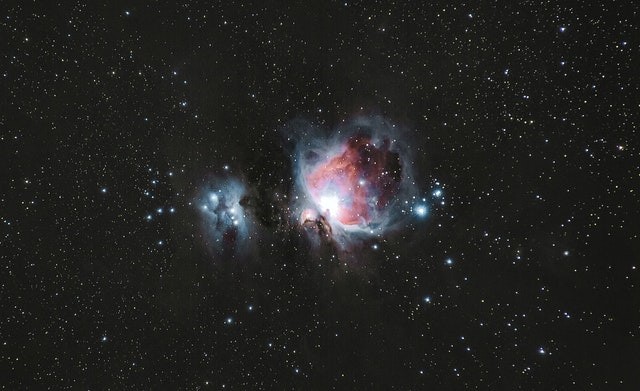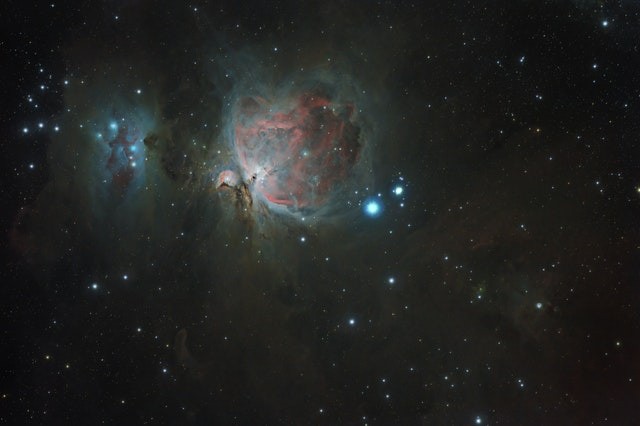NASA Hubble just released the most amazing video ever of galaxies and nebulas in space that resemble animals. The video has been shared by the NASA Hubble official Instagram account and you're in for a delight, most especially if you are a space geek.
The caption written for the pictures states "Happy #WorldWildlifeDay! Earth is full of wonderful creatures, but Hubble spotted some animal friends out in the universe, too!". The video has gotten over 1 million likes and so far has 100 comments where netizens are filled with amazement by this uniformity of animals in space.

About the Images
Referring to the images, the Eagle nebula that symbolizes an eagle bird is the first one, accompanied by the horsehead nebula that resembles the head of a horse as the name suggests, then succeeded by the tadpole galaxy, then the crab nebula, galaxy mice, and lastly, the whale galaxy.
Let us discuss the "eagle nebula", NASA term the eagle nebula as "towering tendrils of cosmic dust and gas" that lies at the heart of M16. They are also known as the Pillars of Creation and are members of an active star-forming region in the nebula and hide just created stars in their shadowy columns.
Though it is the most detailed, it is not Hubble's first picture of this exemplary attribute of the Eagle Nebula, it is the most detailed. The blue colors in the picture stand for oxygen, red is for sulfur, and green symbolizes both hydrogen and nitrogen.
The pillars are soaked in the blazing ultraviolet light from a group of young stars situated just beyond the frame. The winds from these young stars are gradually rusting the towers of gas and dust.
ALSO READ : NASA Expected to Reveal a 'Major' Discovery Beyond the Solar System in a Press Conference

The Most Recognizable Nebulae in the Sky
The horsehead nebula is seen as one of the most recognizable nebulae in the sky and is a member of a dark, large, molecular cloud. It is also recognized as Barnard 33 and its exceptional shape was first seen in the late 1800s on a photographic plate.
The nebula red glow emanates from hydrogen gas mostly in the back of the nebula, which is oxidized by the bright star Sigma Orionis that is nearby.
The darkness of the Horsehead is mostly as a result of thick dust. Streams of gas departing the nebula are piped by a strong magnetic field. Bright spots in the base of the Nebula's horsehead are young stars that are in the forming process. It takes light roughly 1,500 years to reach us from the Nebula's horsehead.
Official NASA Hubble Instagram account is always releasing new exciting pictures of our natural world. For example, it recently released a picture of an "evil eye" galaxy.
The picture proclaims that "a dark band of dust ranges across one part of the bright nucleus of the galaxy NGC 4826, thereby earning the nicknames "Black Eye" and "Evil Eye" galaxy. This galaxy is situated 17 million inches away in the constellation Coma Berenices".
RELATED ARTICLE : Man-Made Barrier Surrounding the Earth Found by NASA Space Probes
For more news, updates about images of animals in space and similar topics don't forget to follow Nature World News!
© 2025 NatureWorldNews.com All rights reserved. Do not reproduce without permission.





